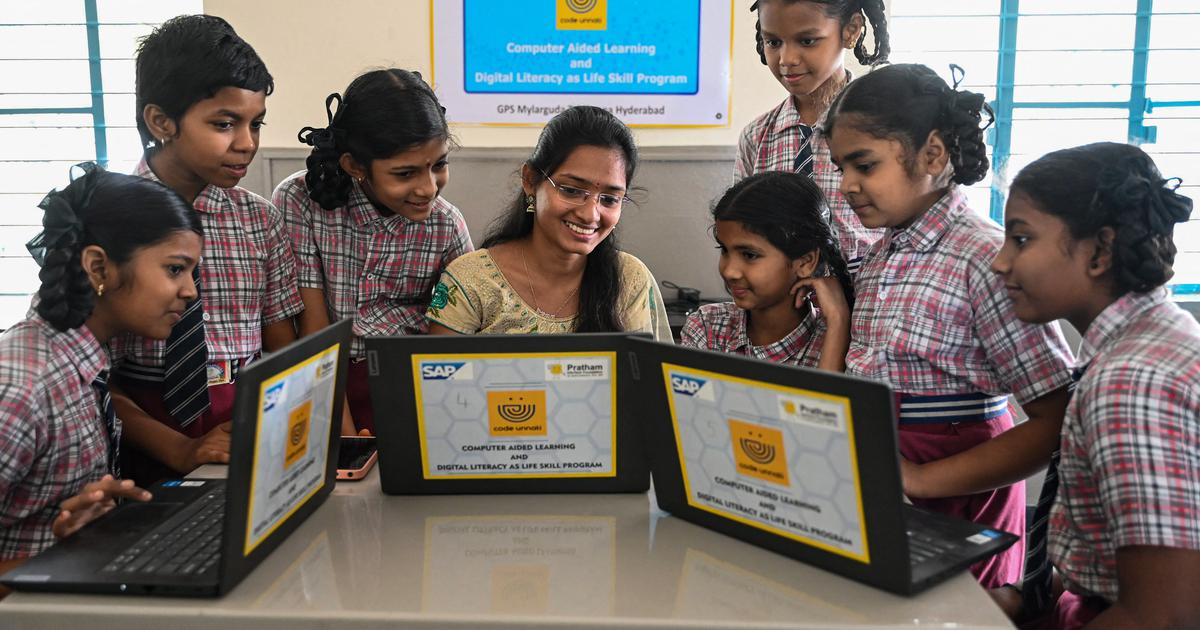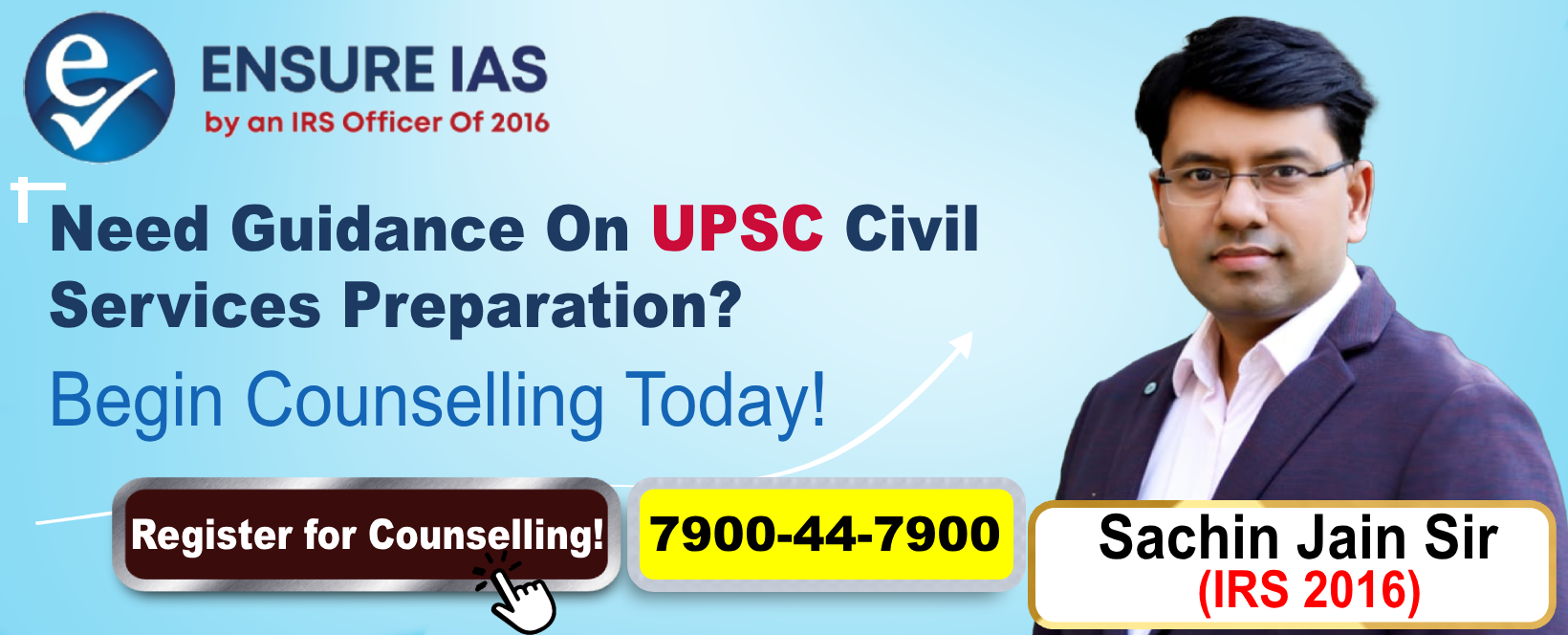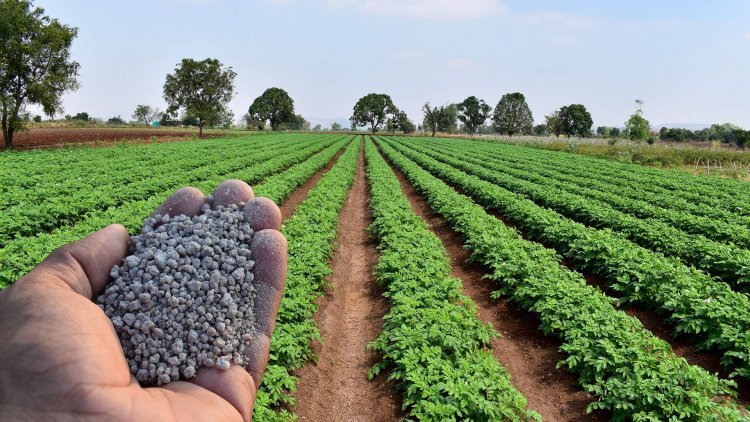- Courses
- GS Full Course 1 Year
- GS Full Course 2 Year
- GS Full Course 3 Year
- GS Full Course Till Selection
- Answer Alpha: Mains 2025 Mentorship
- MEP (Mains Enrichment Programme) Data, Facts
- Essay Target – 150+ Marks
- Online Program
- GS Recorded Course
- Polity
- Geography
- Economy
- Ancient, Medieval and Art & Culture AMAC
- Modern India, Post Independence & World History
- Environment
- Governance
- Science & Technology
- International Relations and Internal Security
- Disaster Management
- Ethics
- NCERT Current Affairs
- Indian Society and Social Issue
- NCERT- Science and Technology
- NCERT - Geography
- NCERT - Ancient History
- NCERT- World History
- NCERT Modern History
- CSAT
- 5 LAYERED ARJUNA Mentorship
- Public Administration Optional
- ABOUT US
- OUR TOPPERS
- TEST SERIES
- FREE STUDY MATERIAL
- VIDEOS
- CONTACT US
Education Ministry defines ‘literacy,’ ‘full literacy'
Education Ministry defines ‘literacy,’ ‘full literacy'

The Ministry of Education (MoE) has recently defined ‘literacy,’ and what it means to achieve ‘full literacy,’ in the light of the renewed push for adult literacy under the New India Literacy Programme (NILP), a five-year programme (2022-27), which aims to onboard one crore learners per year above 15 years across all States and union territories.
What is the New India Literacy Programme (NILP)?
- About: The New India Literacy Programme (NILP), also known as ULLAS (Understanding of Lifelong Learning for All in Society) Nav Bharat Saksharta Karyakram, aligns with the National Education Policy (NEP) 2020. It is a centrally sponsored scheme previously known as the Adult Education Program.
- Vision: The vision is to achieve universal literacy across India through volunteer-driven efforts, reflecting the spirit of ‘Kartavya Bodh’ (duty).
- Objective: To educate 1 crore non-literate individuals aged 15 years and above annually using the Online Teaching, Learning, and Assessment System (OTLAS), developed by the National Informatics Centre (NIC).
- Financials: Launched with a financial outlay of Rs. 1037.90 crore for the period FY 2022-23 to FY 2026-27.
- UNSDG Goal: Aims to fulfill UN Sustainable Development Goal 4.6, ensuring all youth and adults achieve literacy and numeracy by 2030.
Key Components of the Scheme:
- Foundational Literacy and Numeracy Assessment Test (FLNAT): Evaluates foundational skills in reading, writing, and numeracy.
- Critical Life Skills: Includes digital and financial literacy.
- Vocational Skills Development: Focuses on enhancing employability.
- Basic and Continuing Education: Emphasizes ongoing learning and basic education needs.
Beneficiary Identification:
- Identification Methods: Non-literates are identified through door-to-door surveys and self-registration via a mobile app.
- Volunteerism: Teaching is largely carried out by volunteers who can sign up through the mobile app.
Definition of Literacy under NILP:
- Definition: Literacy includes the ability to read, write, and perform arithmetic with comprehension, along with identifying, understanding, interpreting, and creating content. It also encompasses acquiring critical life skills such as digital and financial literacy.
- Full Literacy: A State or Union Territory (UT) is deemed fully literate when it achieves a 95% literacy rate.
- Criteria for Certification: Non-literate individuals are considered literate upon passing the FLNAT.
Foundational Literacy and Numeracy Assessment Test (FLNAT):
- Purpose: To assess and certify foundational literacy and numeracy skills.
- Administration: Conducted in districts at District Institutes of Education and Training (DIETs) and government/aided schools.
- Languages: Available in regional languages to promote multilingualism as per NEP 2020.
- Results: In 2023, 36,17,303 out of 39,94,563 adult learners were certified as literate. However, the certification rate fell to 85.27% in 2024.
Challenges Related to Literacy in India:
- Low Literacy Levels: As per the 2011 Census, 25.76 crore individuals aged 15 and above were non-literate. Despite the Saakshar Bharat Programme, approximately 18.12 crore adults remain non-literate.
- Budget Constraints: The NILP budget was reduced from Rs 157 crore in 2023-24 to Rs 100 crore in revised estimates, reflecting financial limitations.
- Gender Disparity: Women face significant barriers to literacy due to traditional roles, cultural norms, and economic factors, leading to lower enrollment and higher dropout rates among female students.
- Quality of Education: Poor education quality in many rural areas due to inadequate teacher training, outdated curricula, and lack of resources hampers literacy outcomes.
- High Dropout Rates: Economic pressures and other factors lead to high dropout rates, especially among girls and economically disadvantaged groups.
- Economic Constraints: Poverty restricts access to education, with families prioritizing work over schooling and facing prohibitive costs for uniforms, books, and transportation.
Government Initiatives Related to Educational Reforms:
- National Programme on Technology Enhanced Learning
- Samagra Shiksha Abhiyan
- RAGYATA (Plan-Review-Arrange-Guide-Yak (talk)-Assign-Track-Appreciate)
- Mid Day Meal Scheme
- Beti Bachao Beti Padhao
- PM SHRI Schools
Way Forward:
- Community-Centric Partnerships: Collaborate with local communities, NGOs, and Self-Help Groups (SHGs) to engage marginalized populations effectively.
- Flexible Learning Models: Offer diverse learning formats, such as evening classes and online courses, to accommodate different schedules and preferences.
- Leveraging Technology: Incorporate digital literacy training, use adaptive learning platforms, and develop mobile learning apps to improve reach and effectiveness.
- Incentivisation and Peer Tutoring: Promote peer-to-peer learning and offer incentives like skill certificates and vocational training to boost engagement.
- Integrating Life Skills Training: Include financial literacy, health education, and vocational training in the curriculum to equip learners with essential life skills.
- Strengthening Partnerships: Forge strong collaborations between government, private sector, and international entities to leverage resources and share expertise.
- Monitoring and Evaluation: Establish a robust framework for monitoring and evaluating program effectiveness, focusing on regular assessment and data-driven decisions.
Conclusion:
The definition of literacy under the New India Literacy Programme (NILP) marks a significant step towards improving adult education in India. By integrating foundational skills with critical life skills, NILP aims to achieve comprehensive literacy and meet UN Sustainable Development Goal 4.6. However, challenges such as low literacy levels, budget constraints, gender disparity, and quality of education need to be addressed. Effective community partnerships, flexible learning models, and technological integration are essential for overcoming these barriers and ensuring the success of the NILP. Continued efforts to monitor and evaluate the program will be crucial for adapting strategies and achieving sustainable literacy improvements across India.




